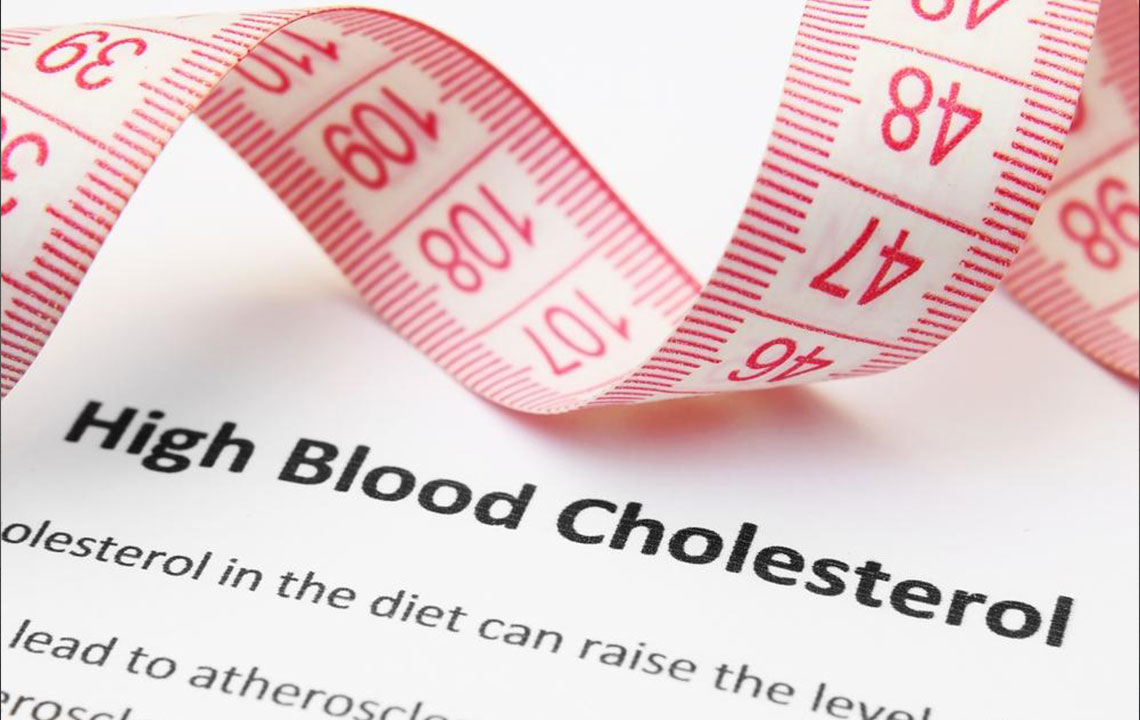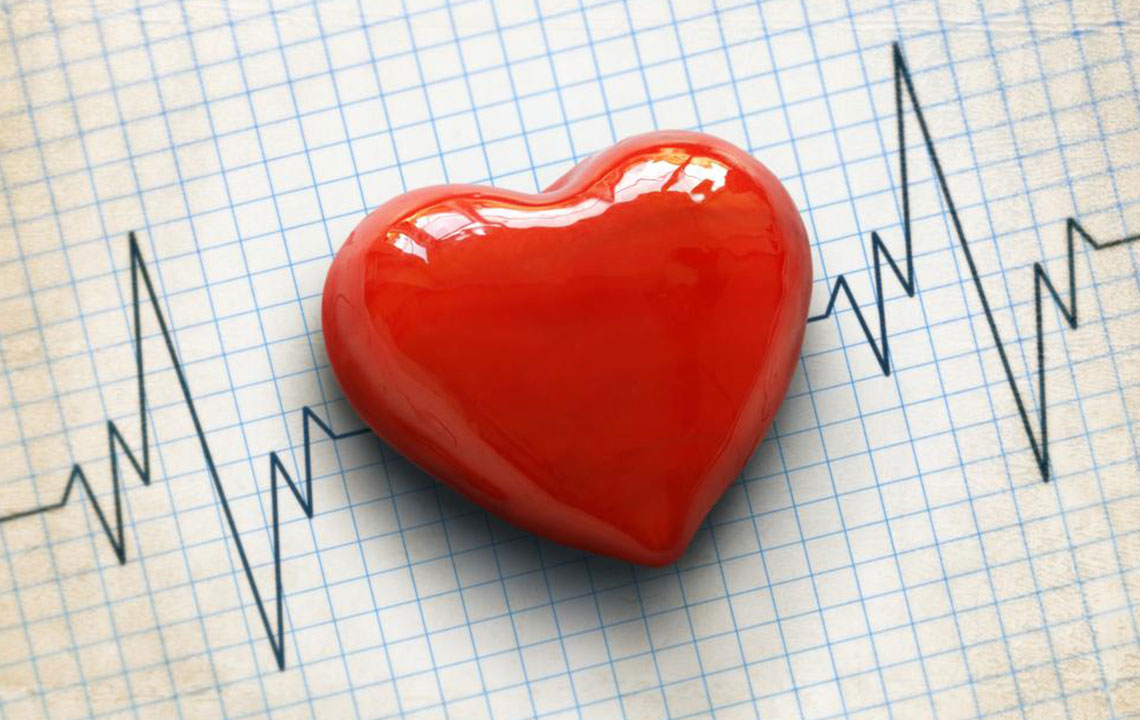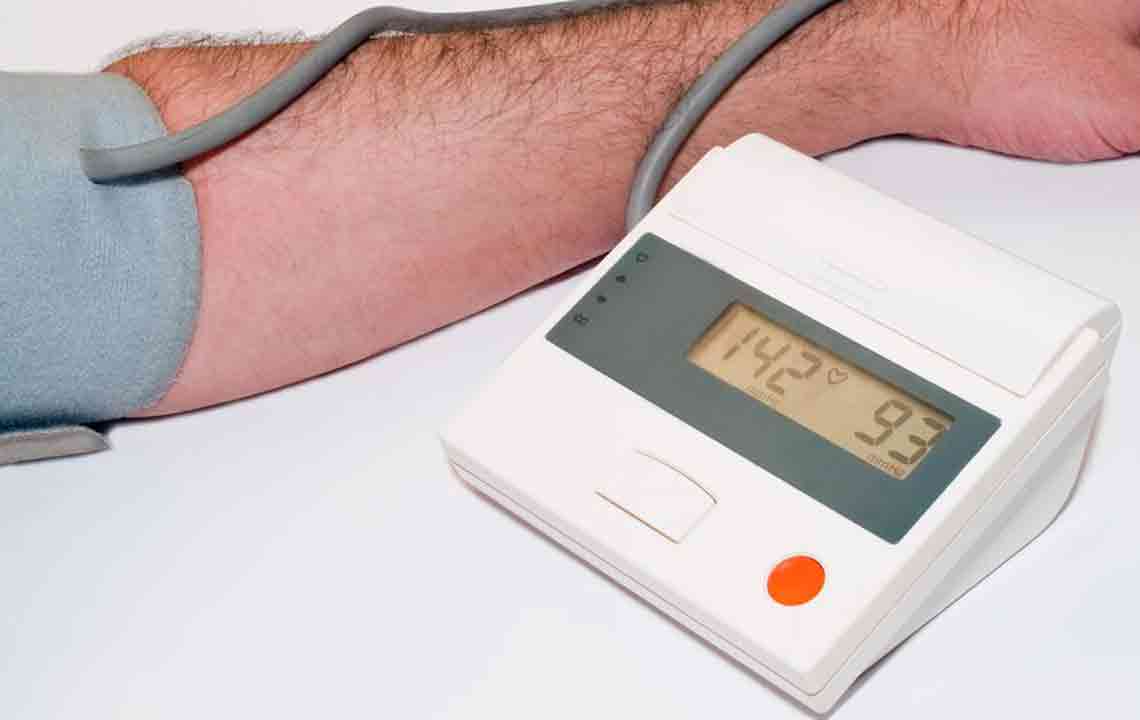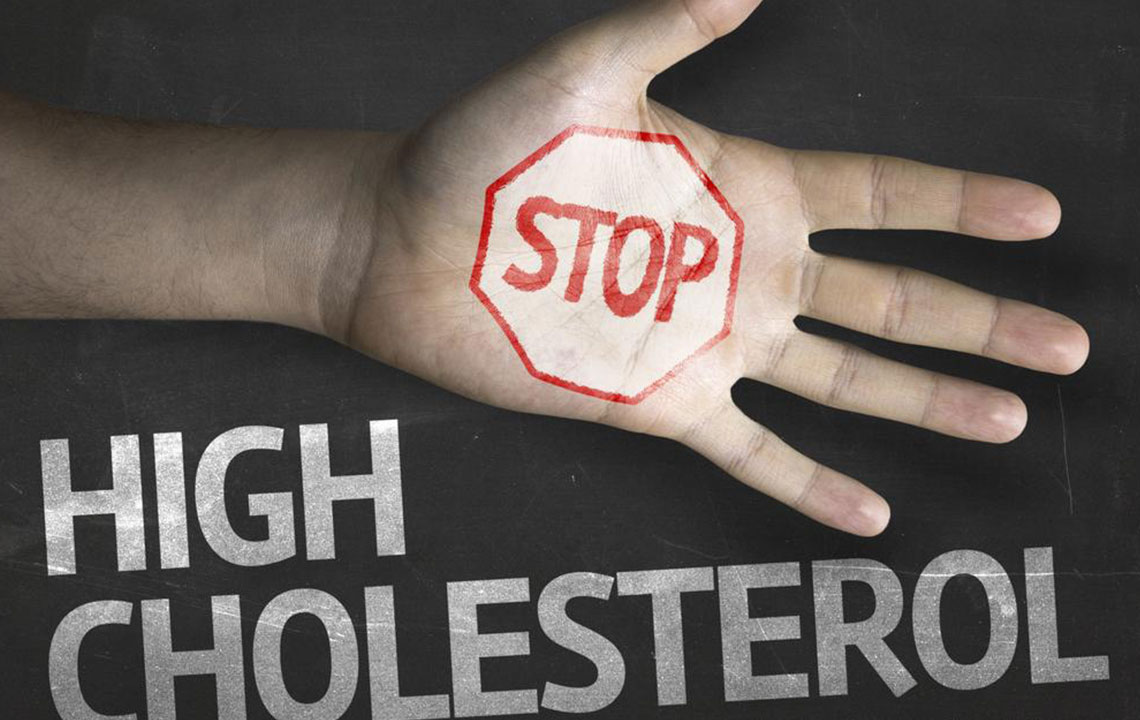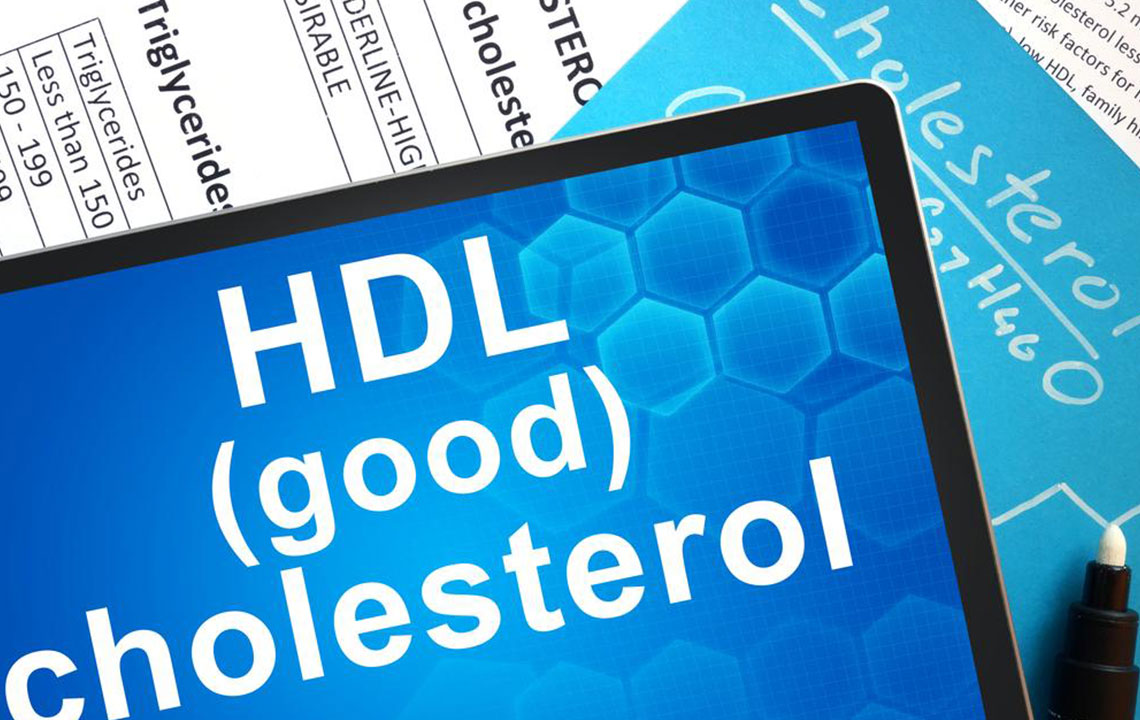Understanding Optimal Cholesterol Levels for Heart Health
Learn about healthy cholesterol levels, including LDL, HDL, and triglycerides, and how they impact heart health. Regular testing and lifestyle changes can help maintain optimal levels and prevent cardiovascular issues.

Understanding Optimal Cholesterol Levels for Heart Health
As obesity rates rise and health consciousness grows, many individuals are increasingly concerned about their cholesterol levels and dietary habits. Yet, understanding what constitutes healthy cholesterol remains unclear for many. This article explains cholesterol, its types, and recommended levels to maintain good cardiovascular health.
What is cholesterol?
Cholesterol is a waxy, fat-like substance present in blood and bodily tissues. It is essential for hormone production, vitamin D synthesis, and digestion-related substances.
Cholesterol travels through the bloodstream packaged as lipoproteins, which contain fat molecules enclosed by protein walls.
Two main lipoproteins exist: Low-Density Lipoproteins (LDL), often called “bad” cholesterol, can deposit on artery walls, raising heart attack risk. High-Density Lipoproteins (HDL), known as “good” cholesterol, help remove excess cholesterol through the liver. Additionally, triglycerides represent cholesterol derived from dietary fats.
Consuming excess sugar, alcohol, and calories converts into fat stored throughout the body.
When does cholesterol turn high?
While our bodies produce enough cholesterol naturally, dietary intake can cause levels to rise. Excess cholesterol can accumulate on artery walls, forming plaque that narrows arteries over time. Ruptured plaque may cause blood clots, increasing cardiovascular risks.
What are normal cholesterol levels?
Usually, no symptoms indicate high cholesterol. Adults over 20 should have a lipid profile test every five years to check levels. Results depend on multiple factors, including age, smoking, and blood pressure, which doctors analyze to develop personalized health plans.
Cholesterol targets for adults
According to the National Heart, Lung, and Blood Institute, ideal levels are:
Good: Total < 200 mg/dL, HDL ≥ 40 mg/dL, LDL < 100 mg/dL, Triglycerides < 149 mg/dL
Borderline: Total 200–239, LDL 139–159, Triglycerides 150–199
High: Total ≥ 240, LDL ≥ 160, Triglycerides ≥ 200
Low: HDL < 40 mg/dL, with no specific total limit
All measurements are in mg/dL.
Cholesterol levels for children
Child cholesterol standards are similar:
Good: Total ≤ 170, HDL ≥ 45, LDL ≤ 110, Triglycerides less than 75 (ages 0–9) and less than 90 (ages 10–19)
Borderline: Total 170–199, HDL 40–45, LDL 110–129, Triglycerides 75–99 (0–9) and 90–129 (10–19)
High: Total ≥ 200, LDL ≥ 130, Triglycerides ≥ 100 (0–9) and ≥ 130 (10–19)
Low: HDL less than 40; no specific limits for total, LDL, or triglycerides
Regular check-ups and healthy lifestyle choices help maintain optimal cholesterol levels and support overall heart health.

